#french tapestry
Text

Le Gout - The Lady with the Unicorn tapestries
#French tapestries#French tapestry#Lady with the Unicorn#Lady with the Unicorn tapestries#Medieval tapestries#Medieval tapestry#unicorn tapestries#woven in France
5 notes
·
View notes
Text
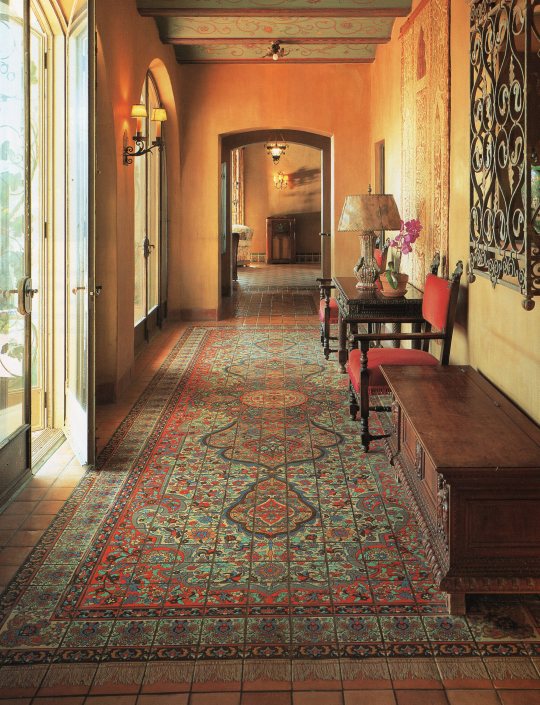
The Los Angeles House: Decoration and Design in America's 20th-Century City, 1995
#vintage#vintage interior#1990s#90s#interior design#home decor#hallway#French doors#antique#furniture#custom tile#terra cotta#tapestry#mediterranean#style#Los Angeles#California#home#architecture
2K notes
·
View notes
Text
Dame A Lorgue European Wall Tapestry - Millefleurs Wall Hanging - Woven French Wall Tapestry | Etsy

Dame A Lorgue, is French impressionist jacquard woven tapestry wall hanging inspired by one of the scenes from the "Lady and the Unicorn" tapestry series created in the late 15th century. The series explores the 5 known senses and a sixth tapestry that is left to historical debate and interpretation.
In this panel of the series, the Lady is seen here playing the pipe organ, as a celebration of the sense of hearing and sound. Originally from the medieval period of France, this work is a detail from the tapestry rediscovered in 1841, originally commissioned by the La Viste family. Present-day; it is on display at the Angers castle.
Dimensions: 25x32 inch, 35x45 inch
Composition: 80% Cotton, 20% Viscose, and Polyester blend.
Origin: Woven in France
Finish: Backed with lining and tunnel for easy hanging
Get good deals on Decorative Wall Hangings here!
#wall hanging#wall tapestry#tapestry wall hanging#woven wall tapestry#french tapestry#jacquard wall hanging#Medieval Wall Decor Art#belgianwalltapestry#EuropeanTapestry#Millefleurs Wall Art
0 notes
Text

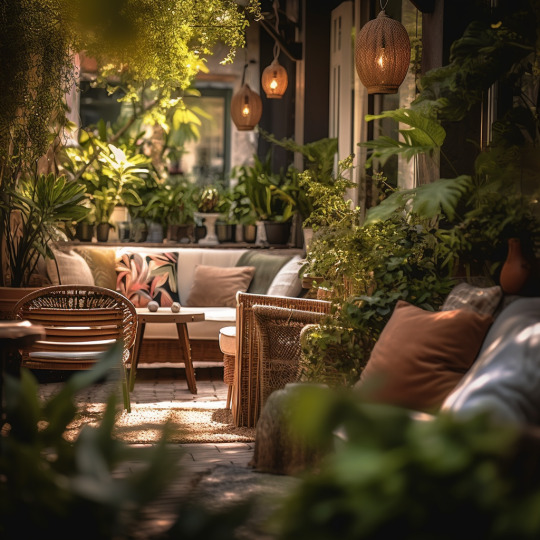



Your jungle in a house
#vintage#vintage interior#1990s#90s#interior design#home decor#hallway#French doors#antique#furniture#custom tile#terra cotta#tapestry#mediterranean#style#Los Angeles#California#home#architecture
289 notes
·
View notes
Text

Winter moths and hellebore, painting by Claudine Lecoustre ©️2022
Linktree
#french#france#winter flower#flower painting#still life#whimsical#pale blue#french artist#french painter#woman artist#antique frame#winter garden#moths#cottage garden#verdure#tapestry#artist on tumblr#artist on instagram
709 notes
·
View notes
Note
I was trying to decide what kind of Energy Chiefcake has that makes her so compelling... have tentatively concluded that she shares the same unsettling blend of inviting fluffiness and hulking menace as many livestock guardian dogs
livestock guardian rabbit (except I am the livestock)
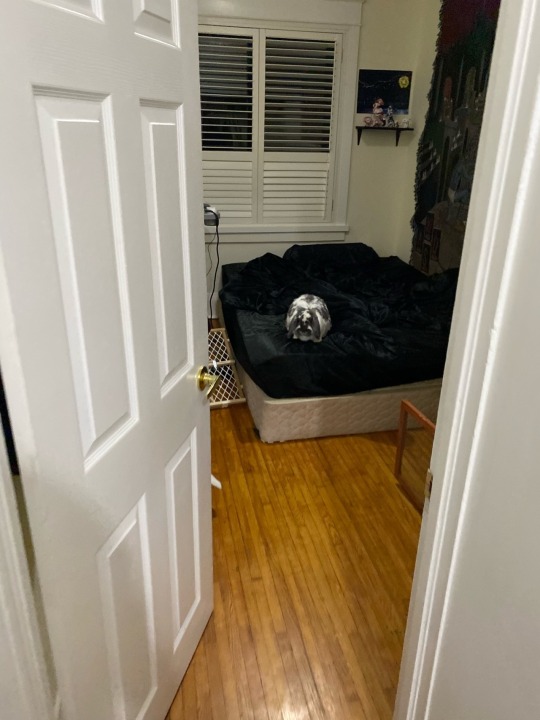
#chiefcake#French Lop#and yes that is a shelf of anime figures in the background beside a dark souls tapestry
690 notes
·
View notes
Text

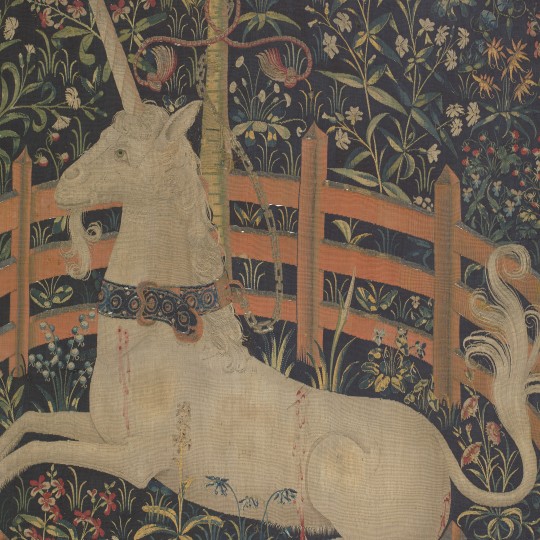
French/South Netherlandish, The Unicorn Tapestries: The Unicorn Rests in a Garden, ca. 1495-1505, wool (The Cloisters Museum, NYC)
One of the masterpieces you will see if you ever venture to Fort Tryon Park in NYC to the Cloisters Museum
119 notes
·
View notes
Text
#WorldCoatiDay: a South American Coati in Louis XIV’s royal menagerie!
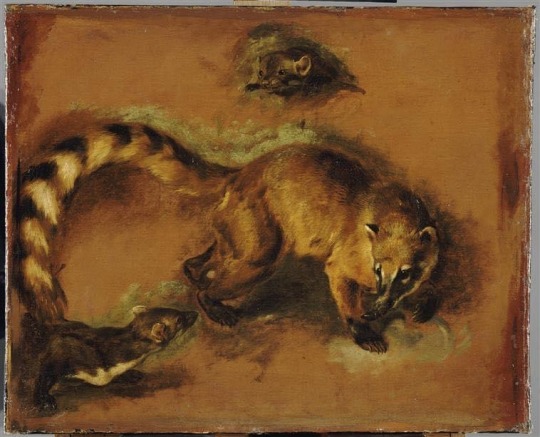
1. Pieter Boel (Flemish, 1622-1674), Fouine et Coati, c.1669-71, oil on canvas

2. Detail of the same coati (with African Crested Porcupine) in a tapestry: The Months or the Royal Houses, July, Vincennes; Charles Le Brun (designer) and Gobelins Factory (manufacturer), France, c.1676-80 (Boel’s studies were used as models for the animals in these tapestries)
#animals in art#animal holiday#european art#coati#South American coati#World Coati Day#painting#oil painting#tapestry#textiles#Pieter Boel#Flemish art#French art#17th century art#Charles Le Brun#Gobelins Factory#porcupine#African Crested Porcupine
13 notes
·
View notes
Text
Napoleon and the Bayeux Tapestry


In 1803-1804, this tapestry was borrowed from Bayeux in Normandy for a two-month exhibition at the Musée Napoléon (Louvre).
Vivant Denon’s letter to the sub-prefect of Bayeux the following year:
“I am sending back to you the Tapestry embroidered by Queen Matilda, wife of William the Conqueror. The First Consul has seen with interest this precious monument of our history, he has applauded the care that the habitants of the city of Bayeux have brought for seven and a half centuries to its conservation. He has charged me to testify to them all his satisfaction and to entrust them with the deposit. Invite them to bring new care to the conservation of this fragile monument, which retraces one of the most memorable actions of the French Nation.”
(20 February 1804)
Napoleon attended the opening of the exhibition on 5 December 1803, with Denon and Visconti.
A press release for the exhibition was published in the ‘Beaux-Arts’ column in Le Moniteur on 29 November and in the tabloid Journal de Paris on 28 November. Visconti wrote a guide for the artwork which was partially reprinted in Le Moniteur.
The tapestry was returned to Bayeux two months later, on 18 February 1804. Many in Paris wanted to keep it in the city, but Napoleon ordered that it be returned.
Previously, the historic tapestry had been confiscated during the French Revolution. It was covering military wagons and almost cut up when a local lawyer, Léonard Lambert-Leforestier, saved it by sending it to city administrators for safekeeping.
The tapestry depicts the William the Conqueror, Duke of Normandy. The piece was made about a decade after his 1066 invasion of England and the purpose of the tapestry was to glorify the invasion.
It was displayed to the public in Bayeux in 1812 and has been publicly displayed ever since:
“From 1812 the Tapestry was kept in the Hotel de Ville (city hall) in Bayeux. It was generally hung and displayed to the public in September of every year. In addition, the custodian could show it to visitors, rolling it out gradually on a table by turning the crank handle of a winder: this way of exhibiting it was described on several occasions by British writers between 1814 and 1836. From 1842, it was put on permanent display for the first time in the Matilda gallery.”
Sources:
Susan Jaques, The Caesar of Paris: Napoleon Bonaparte, Rome, and the Artistic Obsession that Shaped an Empire
Carola Hicks, The Bayeux Tapestry: The Life Story of a Masterpiece
Bayeux Museum: From Odo’s Cathedral to the Louvre
#Bayeux Tapestry#Bayeux#Napoleon#napoleon bonaparte#napoleonic#napoleonic era#first french empire#french empire#19th century#william the conqueror#France#history#art#norman invasion#1066#Susan Jaques#Carola Hicks#The Caesar of Paris#The Caesar of Paris: Napoleon Bonaparte Rome and the Artistic Obsession that Shaped an Empire#Vivant Denon#Denon#tapestry#embroidery#tapestries#Middle Ages#medieval#medieval history#french history#louvre
11 notes
·
View notes
Photo
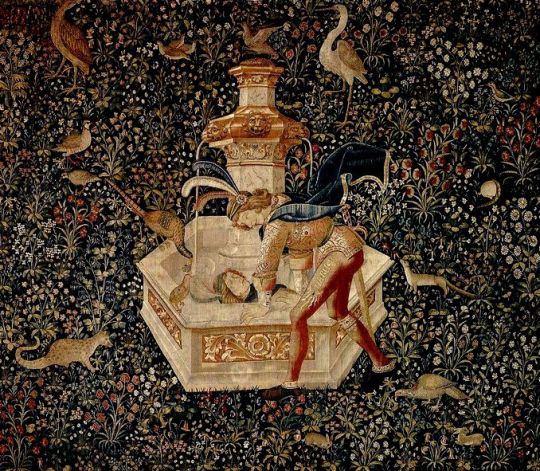
Narcissus looking at himself in a fountain, circa 1480-1520, Boston Museum of Fine Art.
226 notes
·
View notes
Photo

Tapestry and Silk Purse. Made by the Beauvais Manufactory in France, 1928. Originally had a clasp and handle but they have since been removed. Part of Cooper Hewitt’s “The Jazz Age: American Style in the 1920s” exhibition, on loan from the Mobilier national collection in Paris.
(Source: collection.cooperhewitt.org)
#purse#handbag#vintage fashion#1920s#beauvais manufactory#art deco#french design#decorative arts#tapestry#weaving#vintage cars#pastel tones#yellow#pink#orange
70 notes
·
View notes
Photo

In the dining room, a 100-year-old kilim rug brings together reproduction Russian armchairs, a rustic New Mexican bench, and Chippendale-style chairs with Aubusson tapestry seat cushions.
Mary Emmerling’s American Country Cottages, 1993
#vintage#vintage interior#1990s#interior design#home decor#dining room#antique#armchair#bench#French doors#terrace#wicker#Chippendale#kilim rug#tapestry#floral#cottage#country#style#home
132 notes
·
View notes
Text

Apocalypse Tapestry, Angers France
#france#angers#apocalyptica#tapestry#loirevalley#french history#medieval#dark academia#european history#france travel#french aesthetic
91 notes
·
View notes
Text





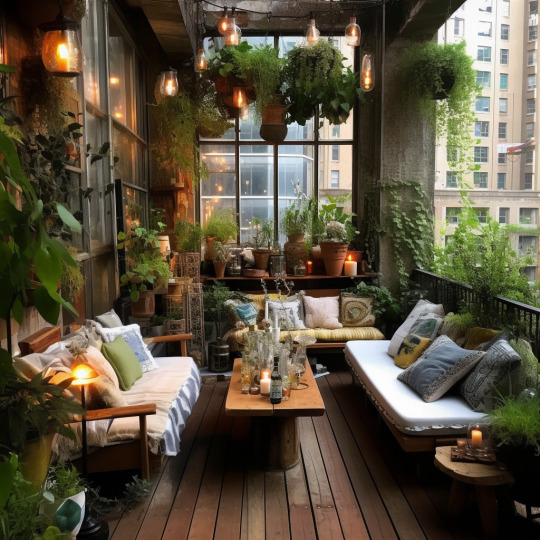





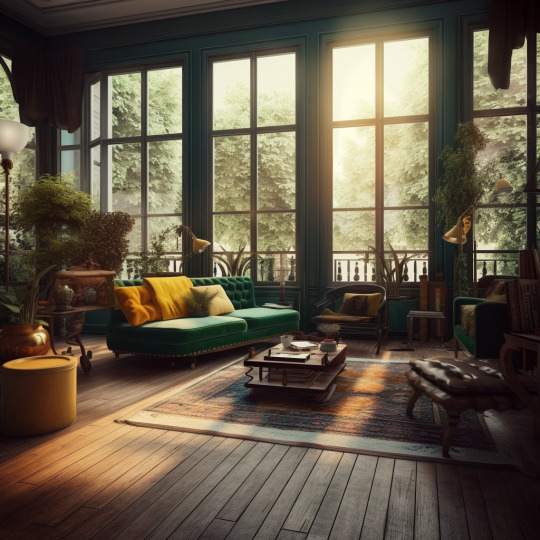

City in a bungalow
#glancingeye#vintage#vintage interior#1990s#90s#interior design#home decor#hallway#French doors#antique#furniture#custom tile#terra cotta#tapestry#mediterranean#style#Los Angeles#California#home#architecture#60s style by#outdoorliving#interiordesign#interiör#interior#homedesign#homedecorating#diseñointerior#diseñodeinteriores#outdoor
70 notes
·
View notes
Text
François Boucher Tapestry Design

François Boucher (French, 1703–1770) • The Collation from a set of the Italian Village Scenes • Manufactory: Beauvais Workshop director: André Charlemagne Charron (French, active 1754–80) • Patron: Commissioned for Boulard de Gatellier (Château de Gatellier (Loire) • Designed 1734–36 • Woven 1762 • Metropolitan Museum of Art, New York City
#art#fine art#art history#textile design#tapestry design#commissioned work#françois boucher#french artist#rococo artist#french design#18th century tapestry#pagan sphinx art blog#art blogs on tumblr#metropolitan museum of art
2 notes
·
View notes
Text

'The Offering to Bacchus'
A tapestry designed by Jean-Baptiste Monnoyer and Guy Louis Vernansal the Elder
4 notes
·
View notes